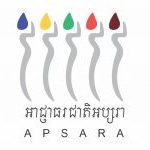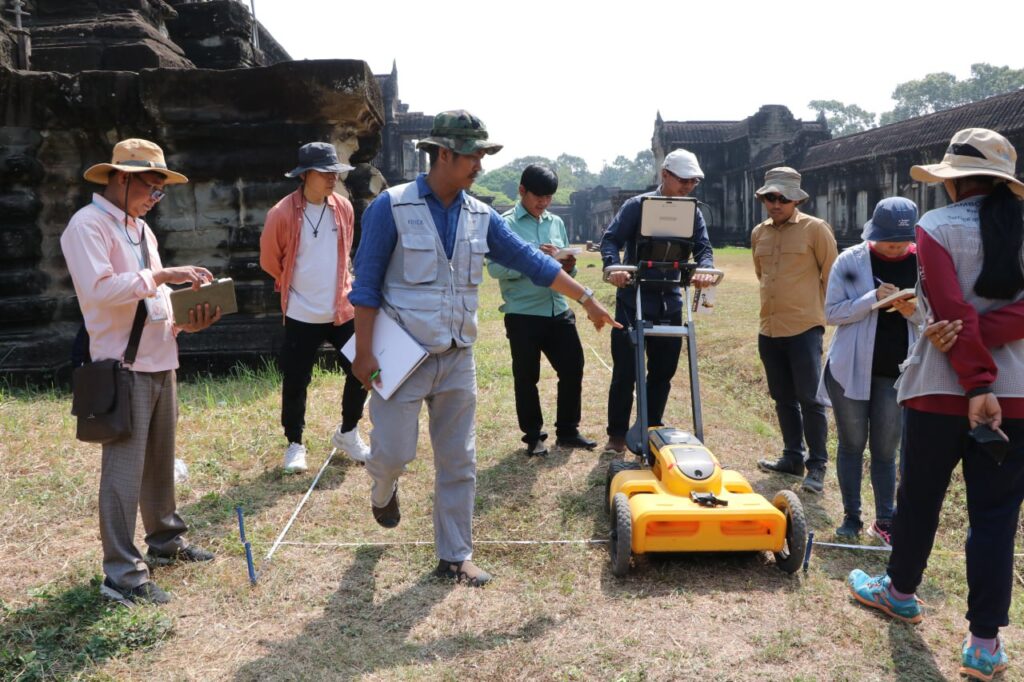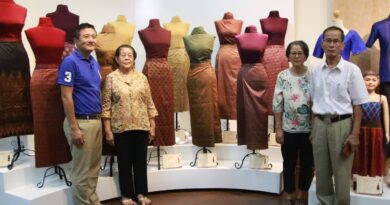ប្រជាពលរដ្ឋមកពីស្រុកព្រៃកប្បាស ខេត្តតាកែវ សប្បាយរីករាយ ក្រោយបានឃើញសារមន្ទីរតាំងបង្ហាញផលិតផលជាស្នាដៃរបស់គាត់បានបរិច្ចាគមក-The residents are happy to see the showcase of their donated traditional textiles in the museum- 22 April 2024
នៅថ្ងៃទី១៩ ខែមេសា ឆ្នាំ២០២៤ មានបងប្អូនប្រជាពលរដ្ឋ បានធ្វើដំណើរពីស្រុកព្រៃកប្បាស ខេត្តតាកែវមកកម្សាន្តក្នុងខេត្តសៀមរាប ក្នុងឱកាសនោះពួកគាត់ក៏បានចូលមកកាន់សារមន្ទីរវាយនភណ្ឌប្រពៃណីអាស៊ី ក្រុងសៀមរាប ដើម្បីទស្សនាសំពត់ហូលជាស្នាដៃរបស់ខ្លួន ដែលធ្លាប់បានបរិច្ចាគជូនមកកាន់សារមន្ទីរ។





